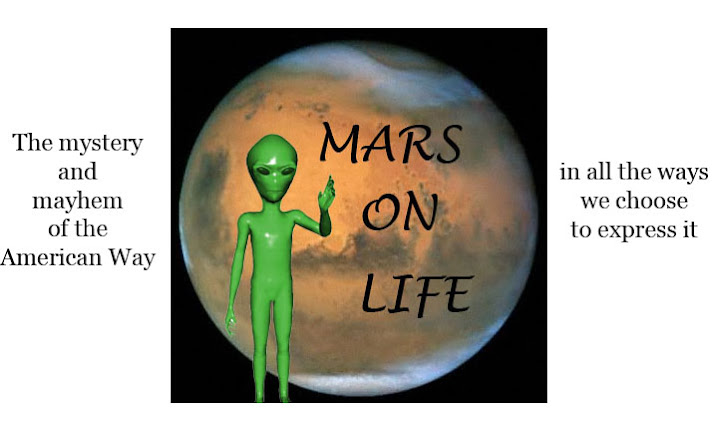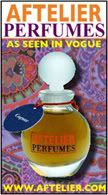
Don the Beachcomber did it first, in 1934. The ramshackle bar on McCadden Place in Los Angeles was the launch pad for tiki culture, a Polynesian-inspired thematic trend that would reach its apex in the weird and wonderful 1960s.
By 1937 "Trader Vic" Bergeron had installed a faux-Polynesian motif at his Hinky Dink's bar on the Oakland waterfront, a somewhat less glamorous and celebrity-ridden location. Hinky Dink's would, of course, go on to become Trader Vic's, one of the world's first successful chain-theme restaurants.
The restaurants served standard ersatz Cantonese fare and potent cocktails, plying their customers with flamboyance, tall tales, and 151-proof rum.
Both men anticipated what would become an American desire for the exotic, taking the term in its loosest definition.
America in the Depression was still a somewhat provincial and xenophobic country unable to look beyond its own back yard. The country's midsection comprised largely rural tracts without telephone service; the average American relied on radio and newspapers as his primary means of obtaining knowledge. Foreign travel was beyond the reach of this citizen and even if it were not it would likely have been viewed with suspicion and refusal. International travel was limited to the upper classes, the American royalty. The rest of the country sat home with Amos 'n' Andy.
Pan Am Clippers began ferrying passengers and mail to Hawaii and beyond in 1935, using the Martin M-130 aircraft. Opening up the South Pacific to leisure travel--and later to war--meant that souvenirs trickled back to the mainline, inspiring an aesthetic curiousity that was quickly taken advantage of by the canned food industry.
The canned food industry's promulgation of "Polynesian" recipes started domestic tiki culture rolling, along with a box of Argo cornstarch. By the end of World War Two, manufacturers were encouraging homemakers to become more creative in utilizing their products, and at the same time urging them to expand their culinary horizons eastwards. It was at this critical juncture that faux Polynesia and the American homemaker met and a craze was born.
The basic American dinner table differed little from that of a century before. Meat and potatoes constituted the protein and starch, while "a chicken in every pot" (a drudgery if ever there were one) was the apogee of haute cuisine. There was little range of culinary expressiveness in the native cookbook. The canned food industry, in an attempt to sharpen the American palate, undertook a sly campaign to enliven the elementary domestic cuisine with easily assembled "Chinese," "Hawaiian," and "Polynesian" dishes. This campaign primarily benefited Dole pineapple.
The methods for turning simple ingredients into a homegrown luau or banquet are laughable by today's standards. Soy sauce, brown sugar, and pineapple juice made a sweet brown gravy; a can of tuna fish could go Chinese by adding "chow mein noodles" and a can of sliced water chestnuts. More advanced cooks worked with pineapple chunks and maraschino cherries, bastardizing the already bastardized ersatz Cantonese that had started the culinary trend in the first place. This type of cuisine was seen as sophisticated and cultured on the suburban table, symbolic not of a less xenophobic America but of one anxious not to be left behind one's peers.
The American palate thus titivated, the American hostess then incorporated the luau as a party theme. The luau suited a move towards outdoor entertaining that appeared as portable barbecue grills became more commonplace and the country took on a greater informality at the end of the 1950s. Although this type of entertaining was mainly suited to a temperate climate, traces of tiki culture turned up nationwide: in the bridge club's cocktail stirrers and on the spareribs Mom glazed with a pink syrup: It's Hawaiian night!
Disney put its stamp of approval on the craze in the 1960s with its Florida theme resort, thereby assuring the need never to investigate beyond borders. A trip to this resort remains the closest many Americans would ever come to the cultures that inspired its creation.
Tiki culture lasted well into the seventies, especially as the Boomer generation learned that suburban Chinese restaurants were not sticklers for proper identification, thereby allowing carloads of fifteen-year-old girls to order Scorpion Bowls to accompany their pu-pu platters. This was as "exotic" as many of us would get, lest we lose our national calibration and virginity over a dish of egg fu yung.
Image: Purple tiki mug from Tiki Farm.
Thursday, January 3, 2008
Tikimania!
Subscribe to:
Post Comments (Atom)









2 comments:
I was pining for Trader Vic's very recently!
WB, me too. It's the rock sugar in the Mai Tais. It's addictive.
Post a Comment